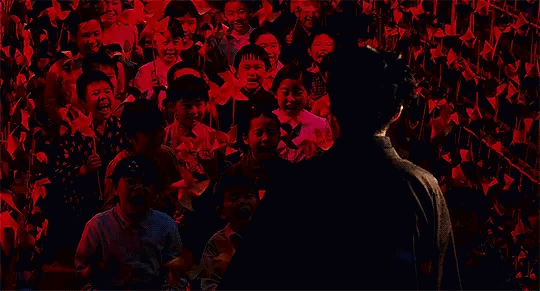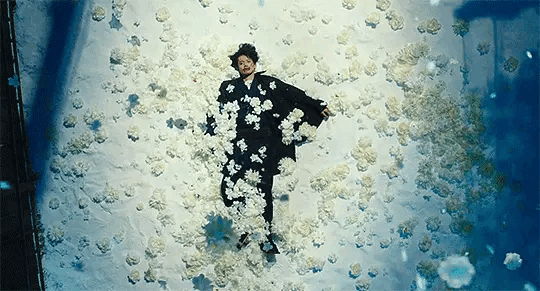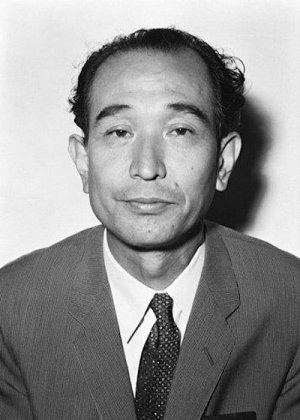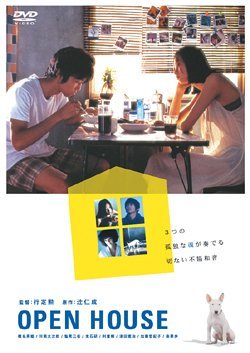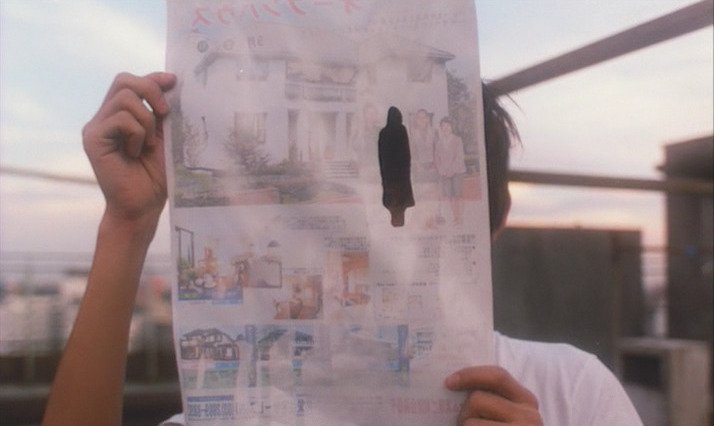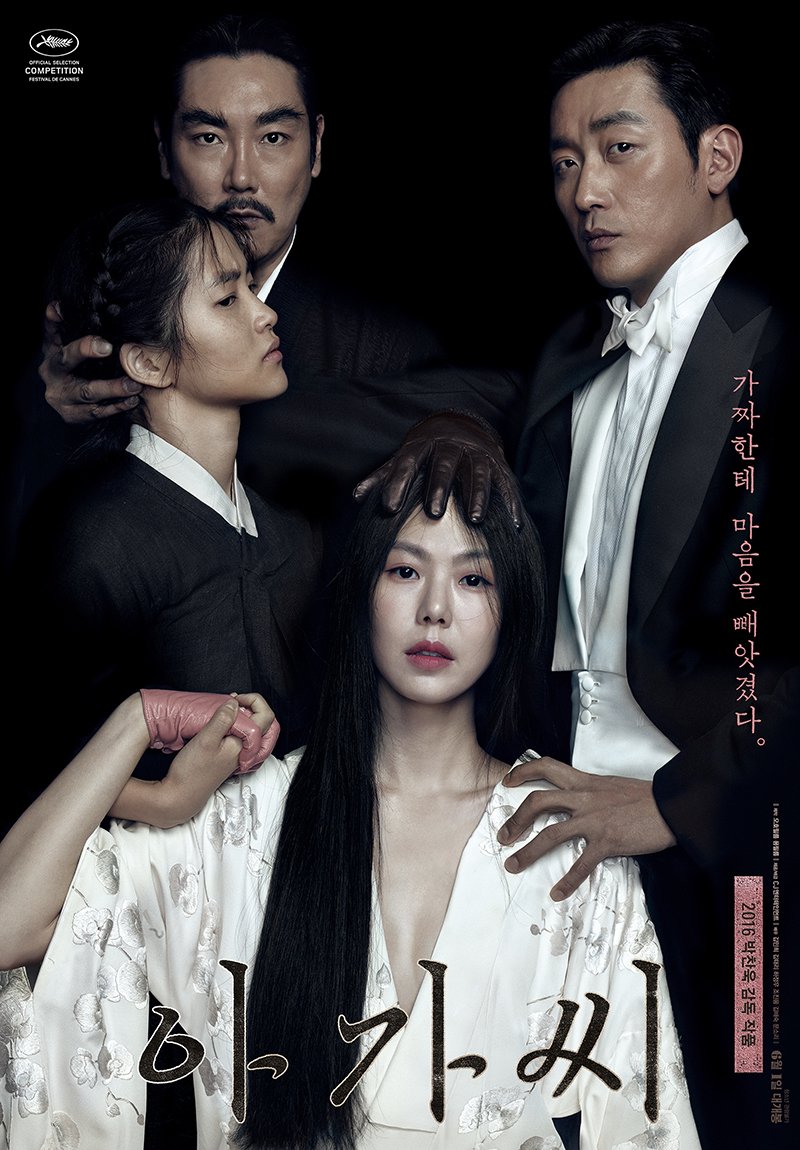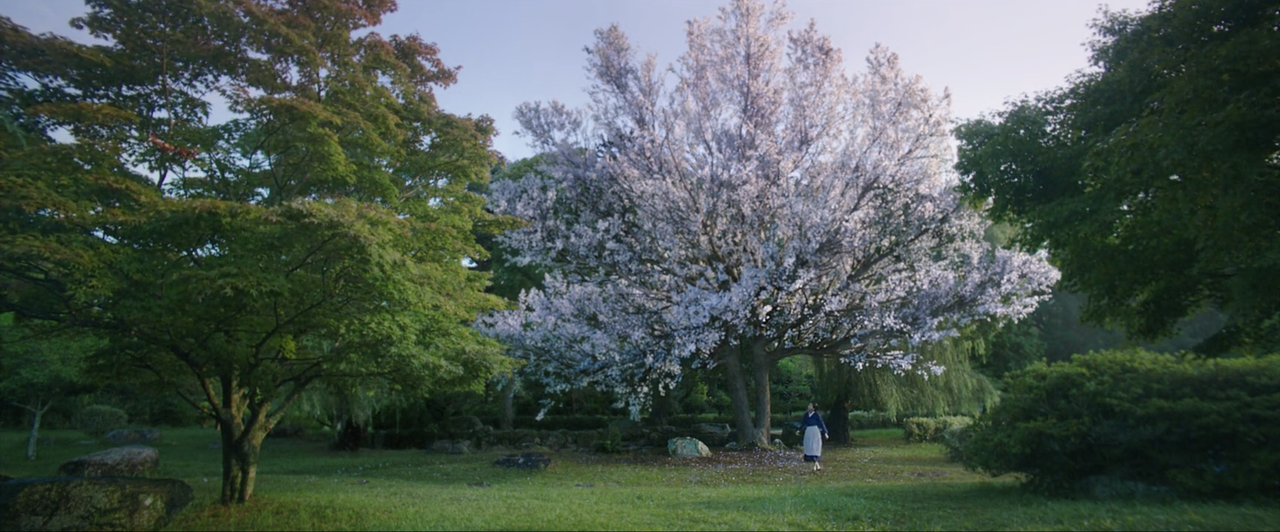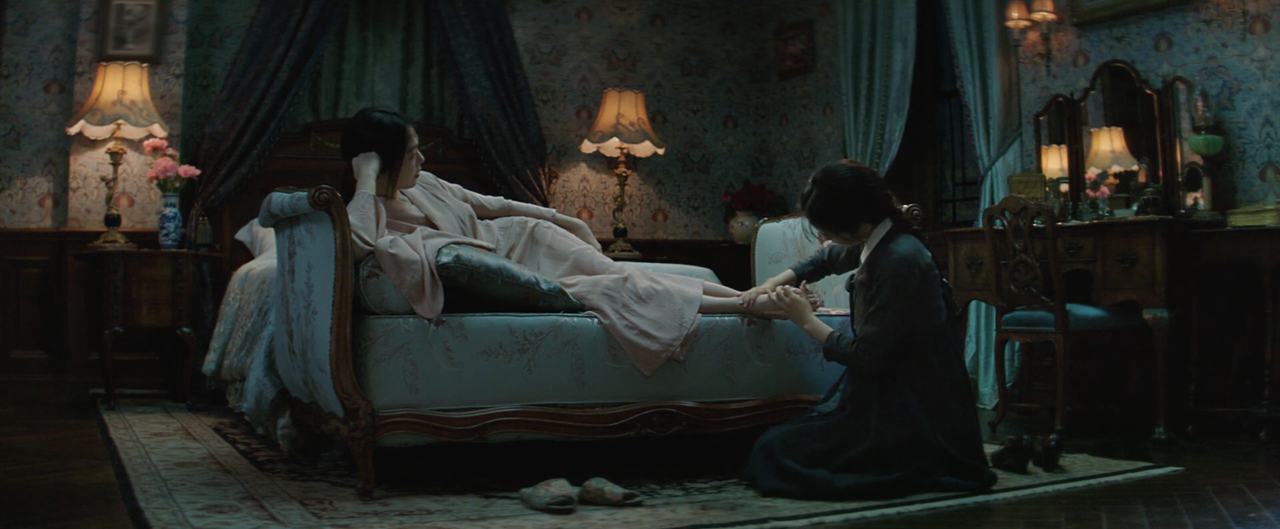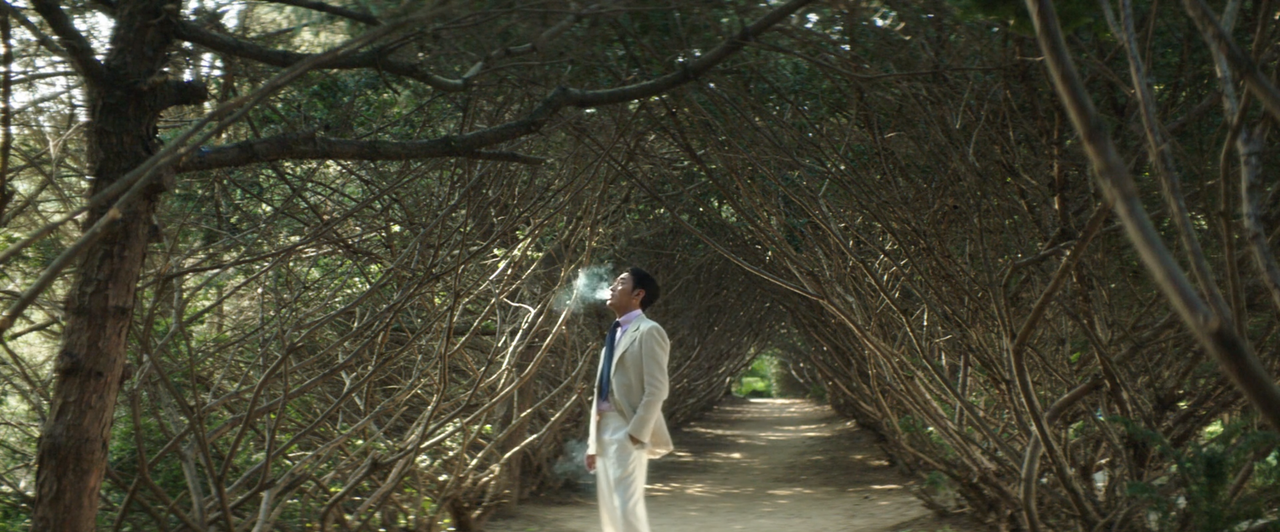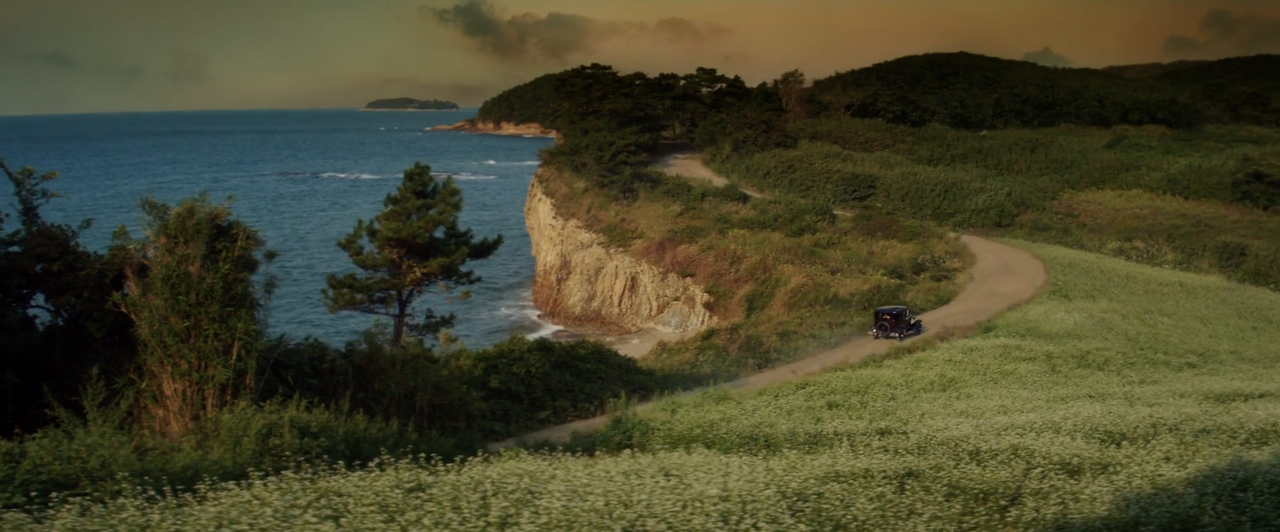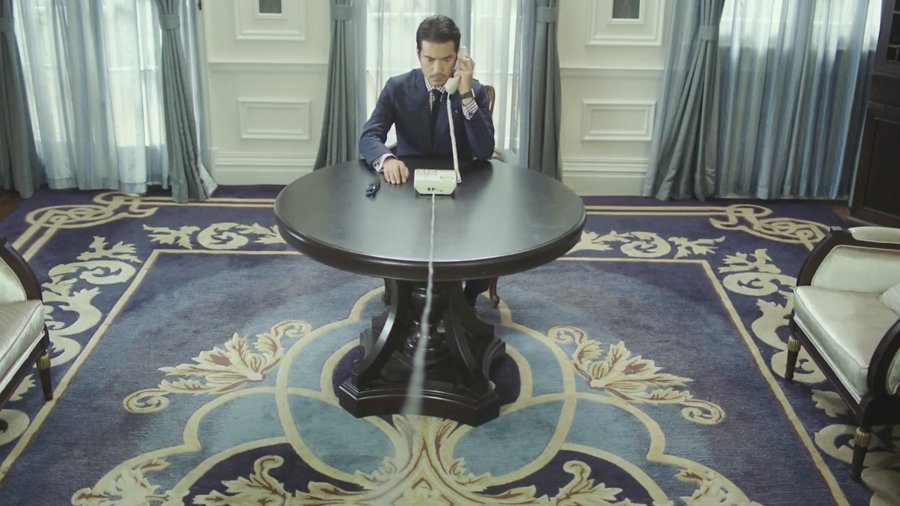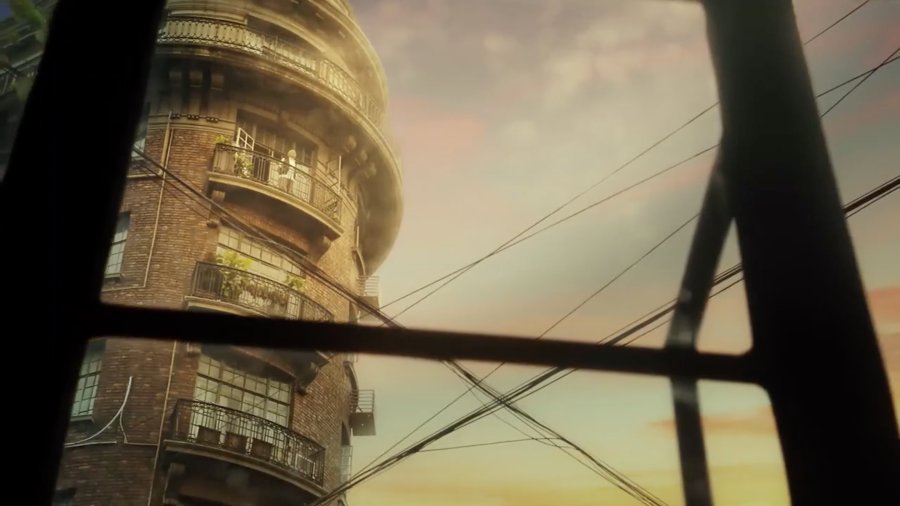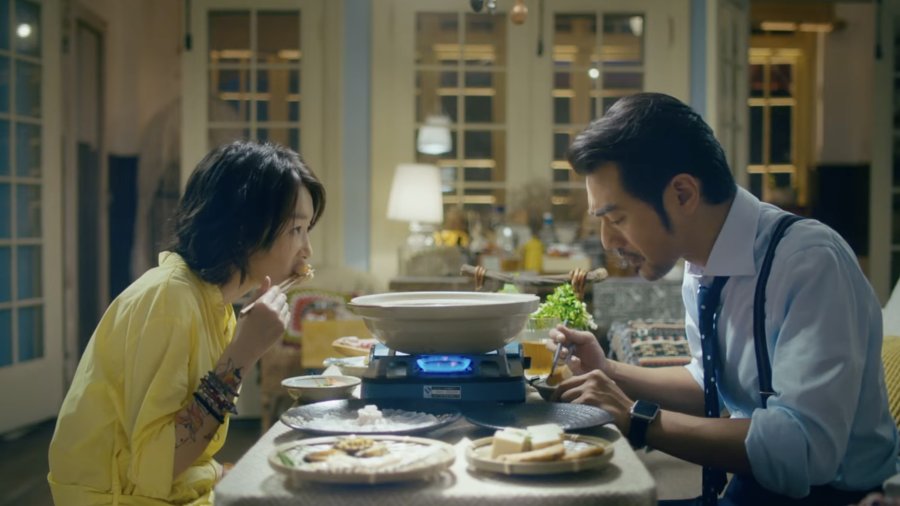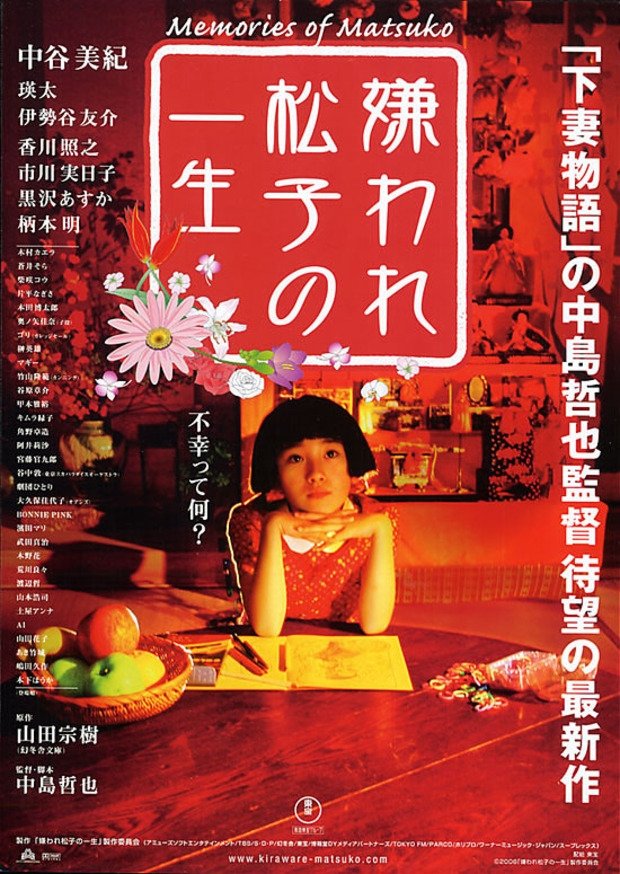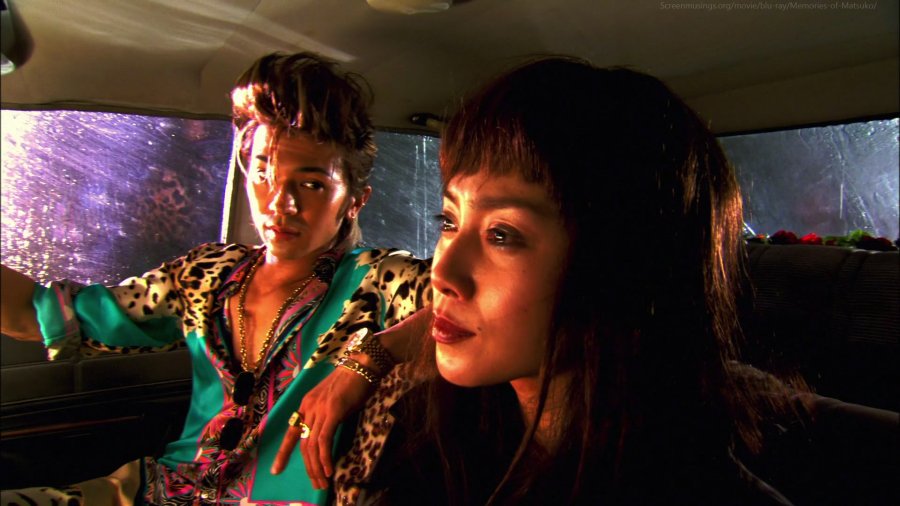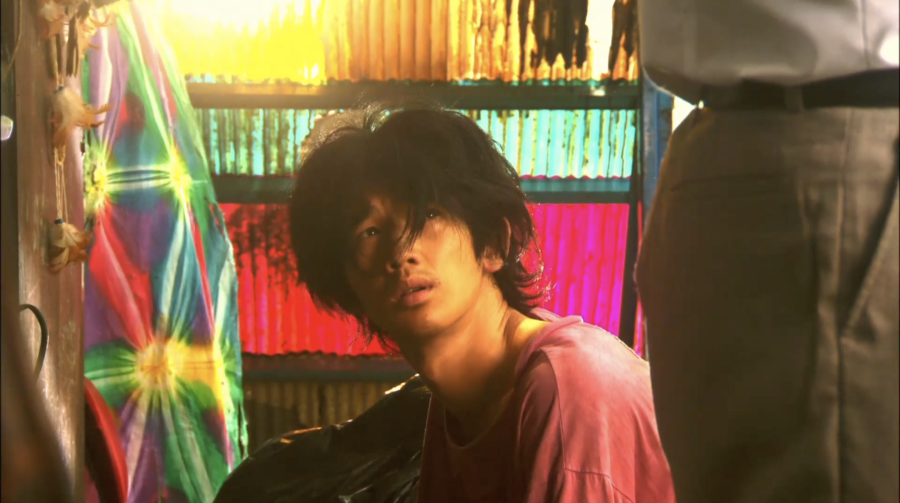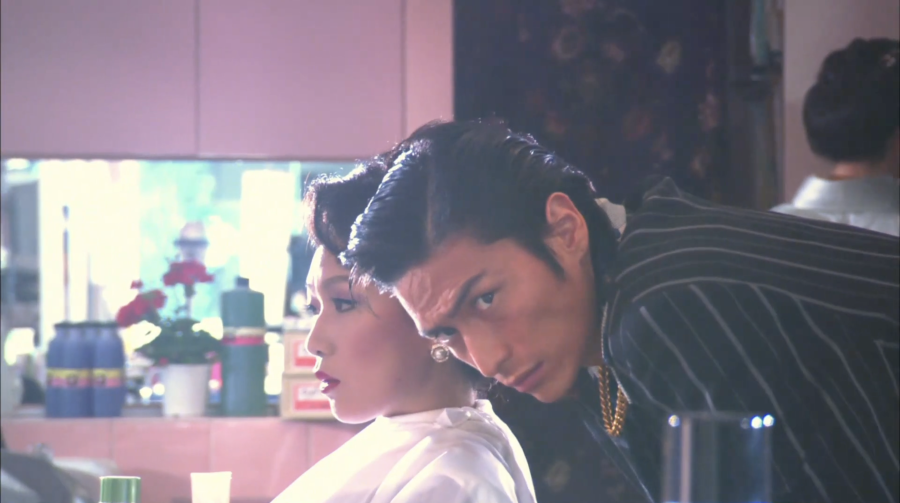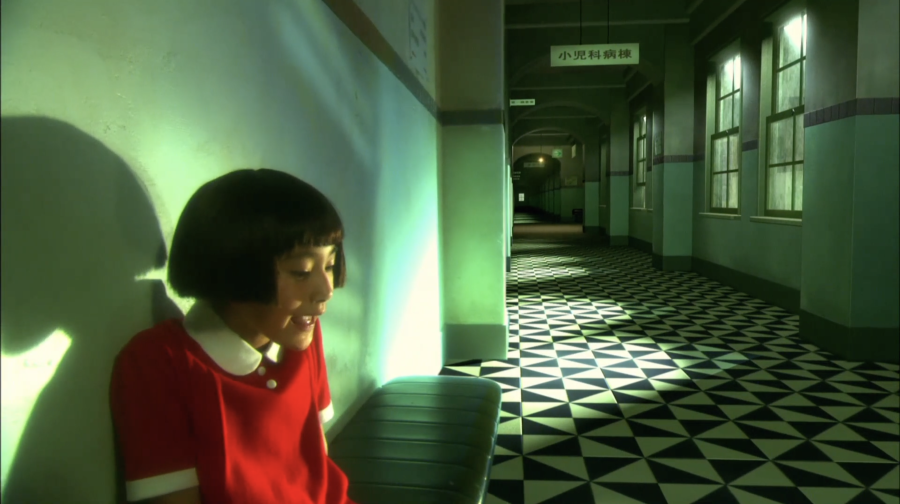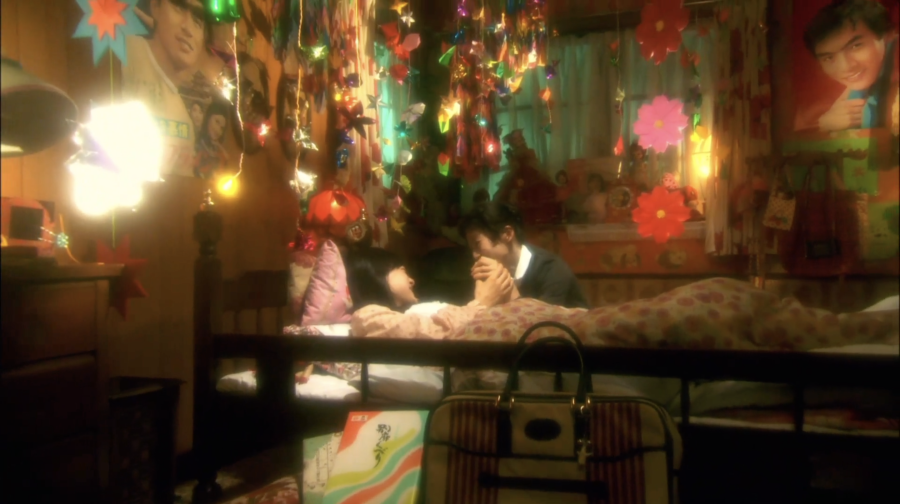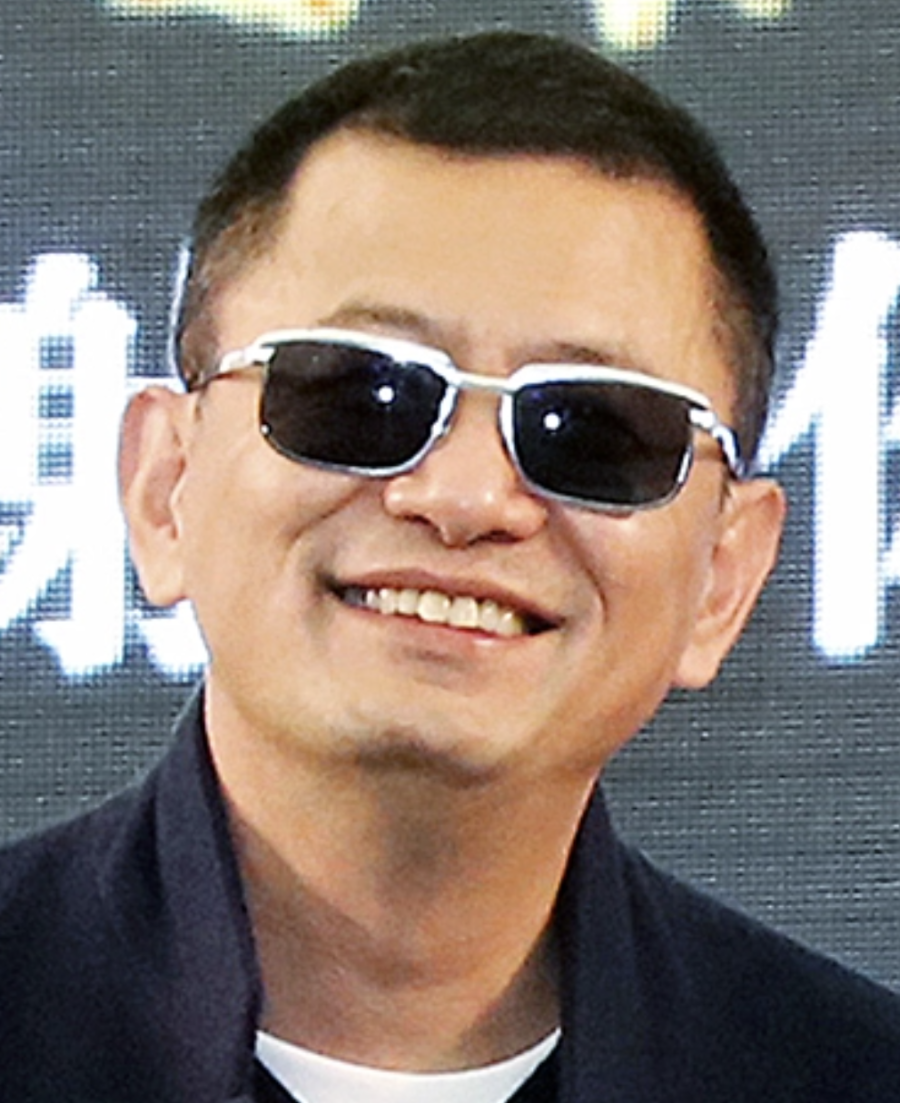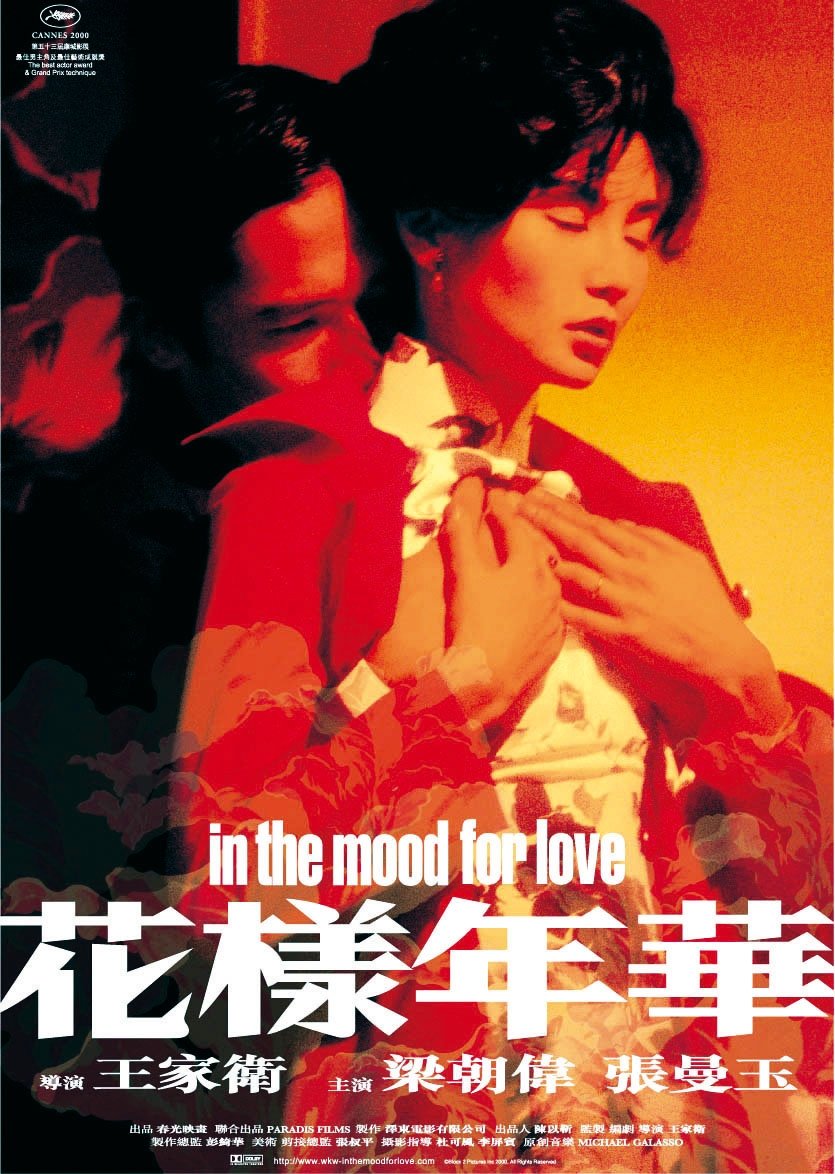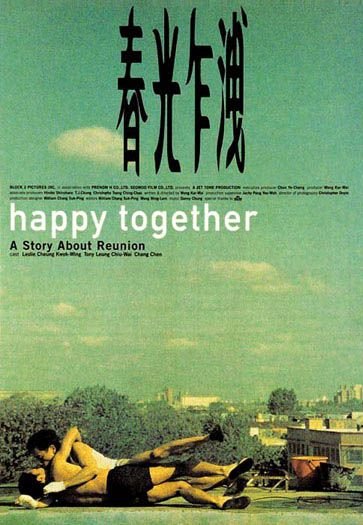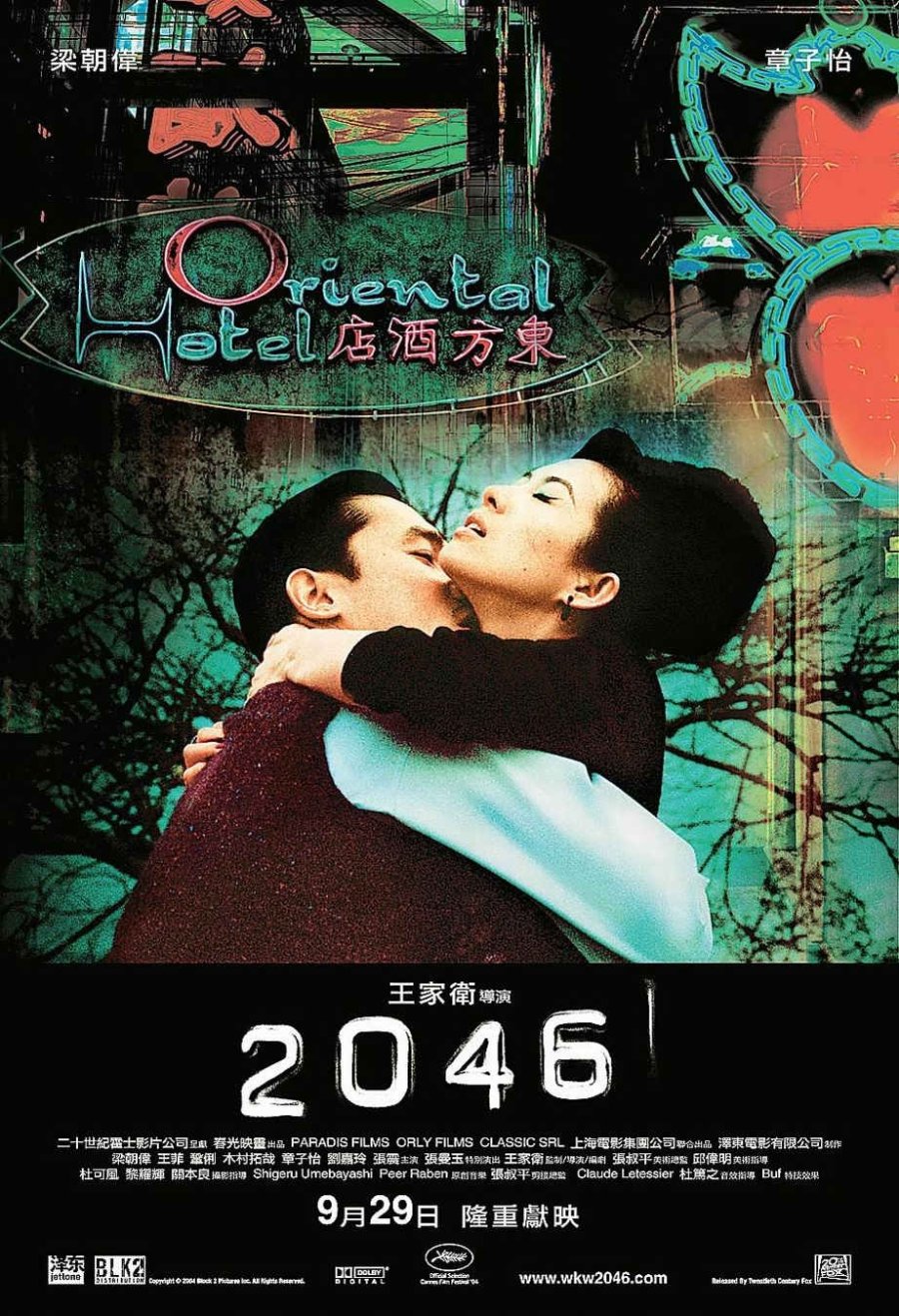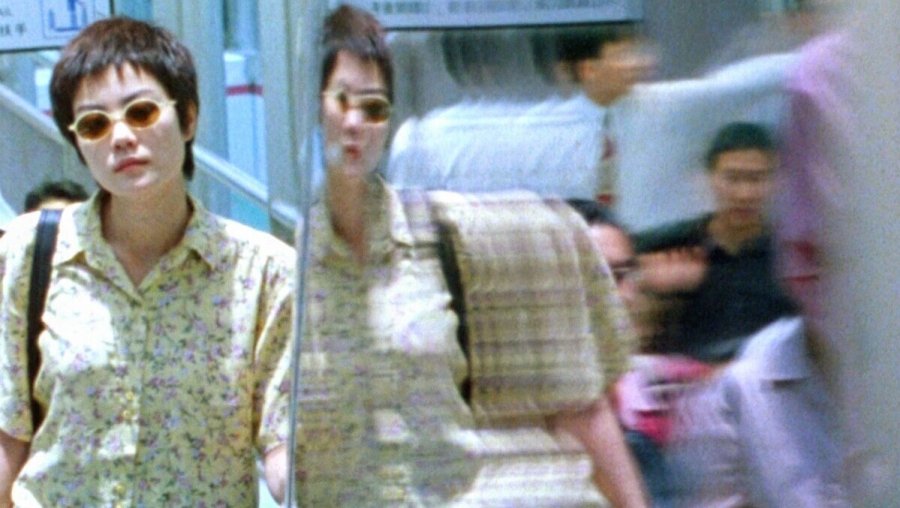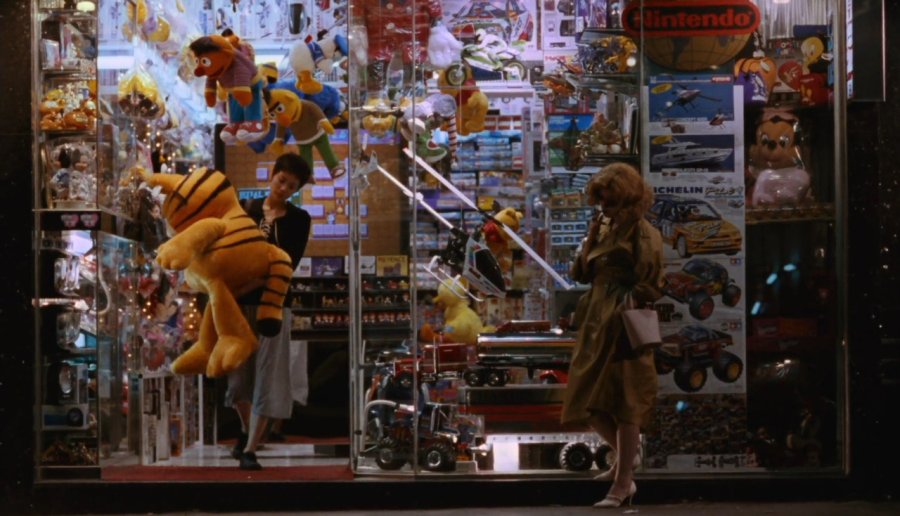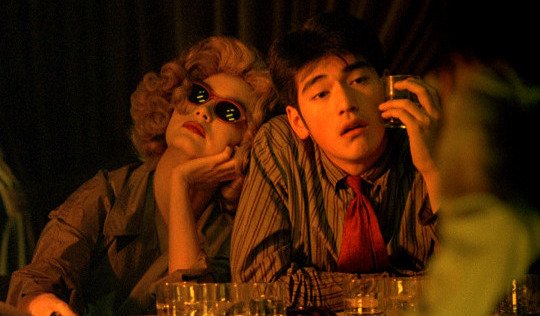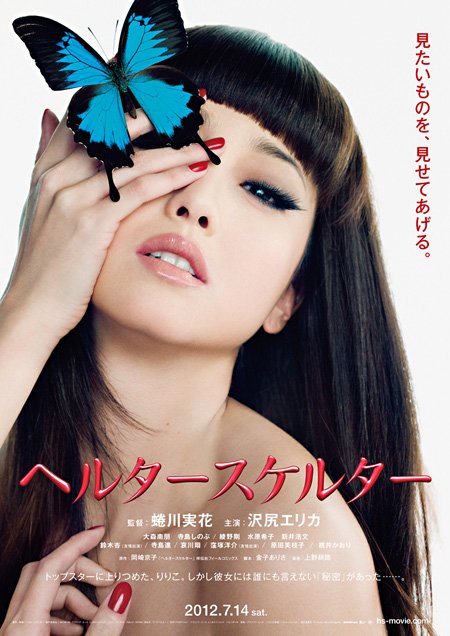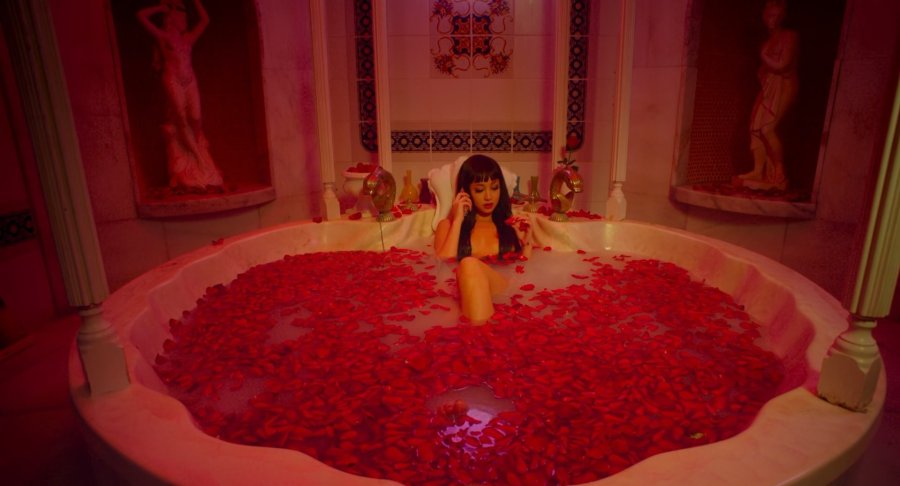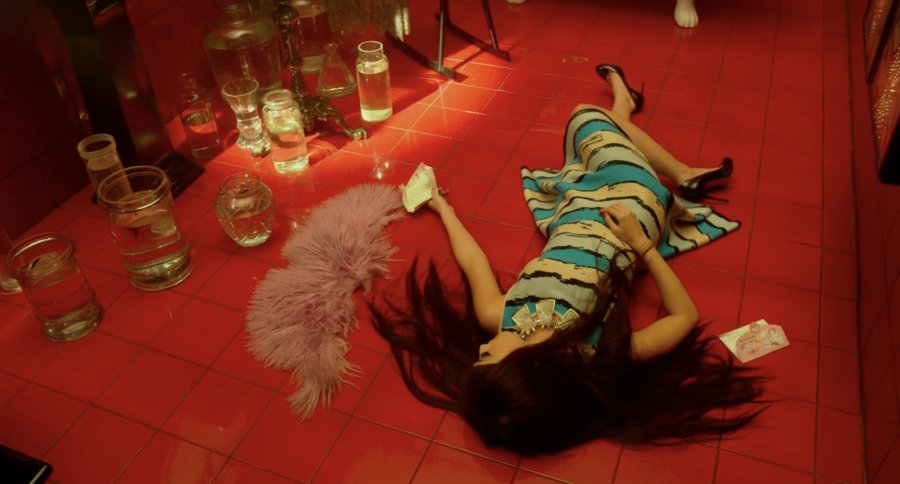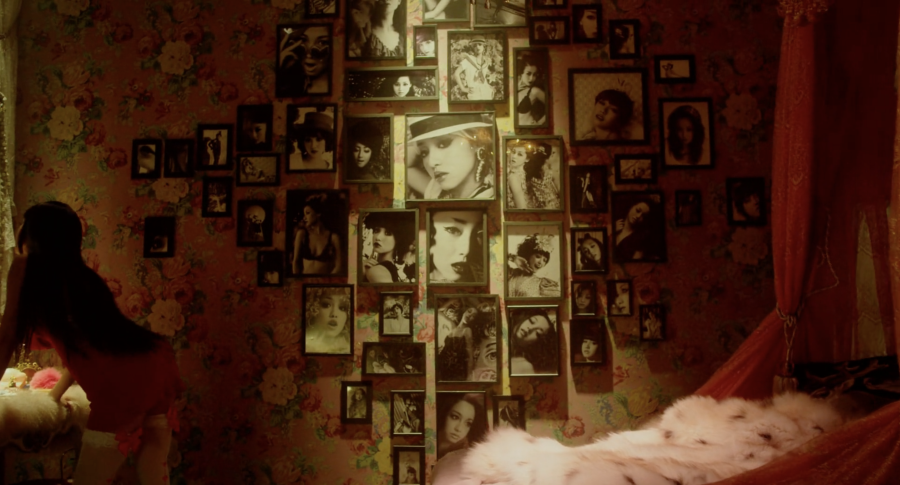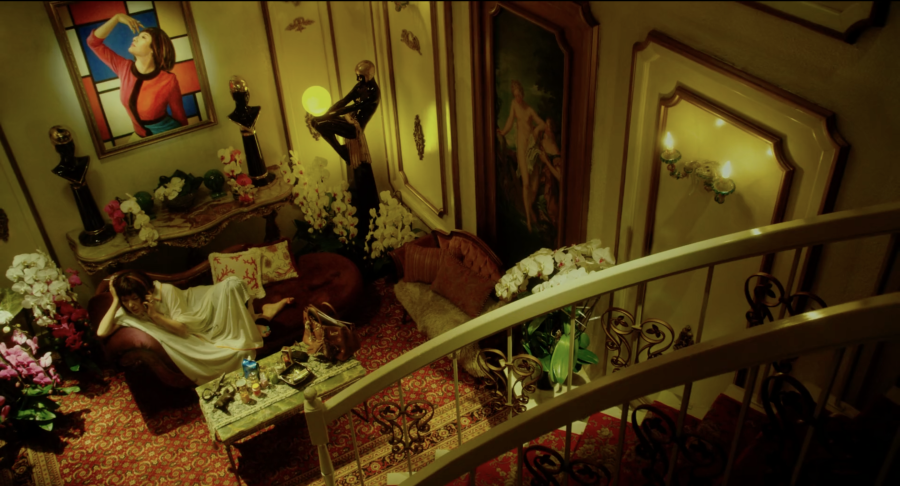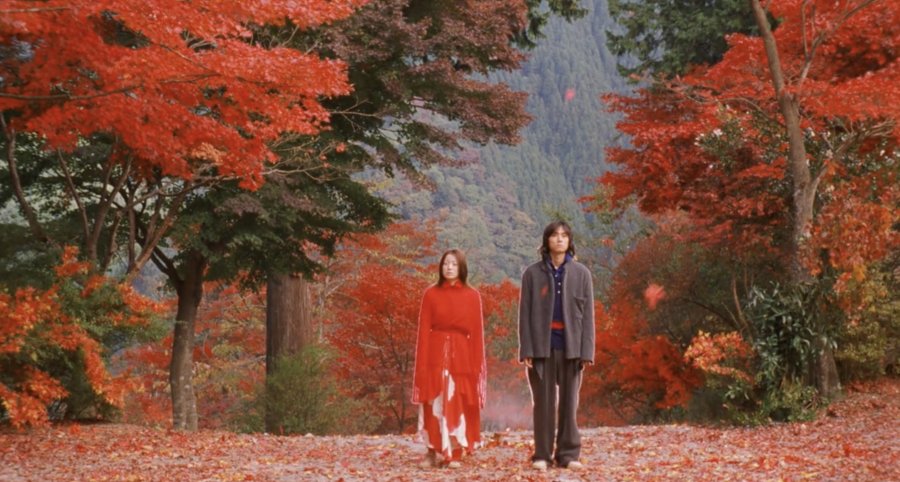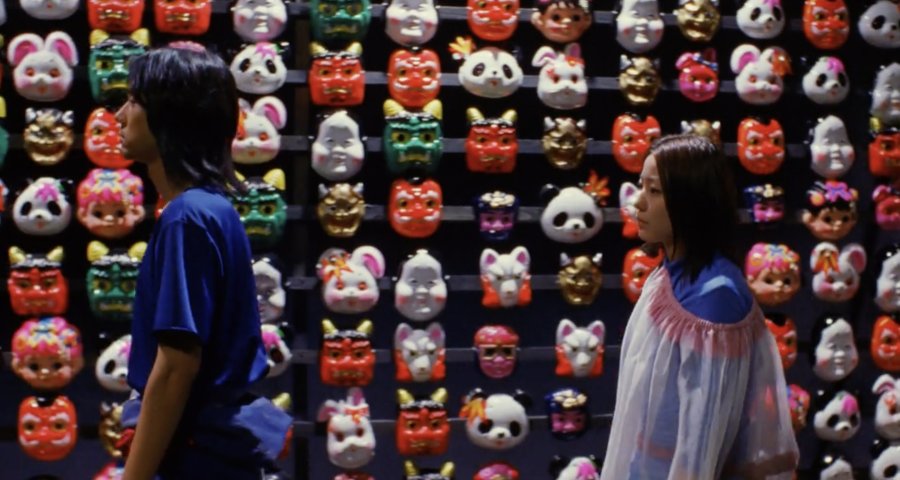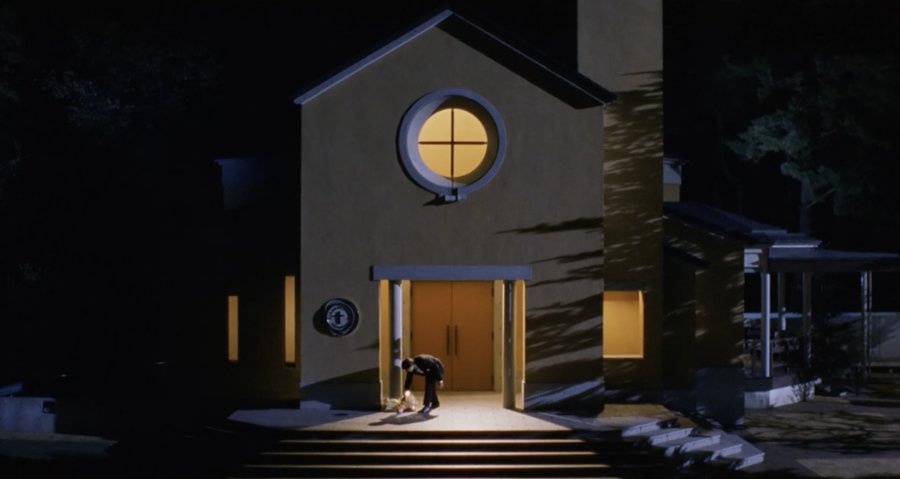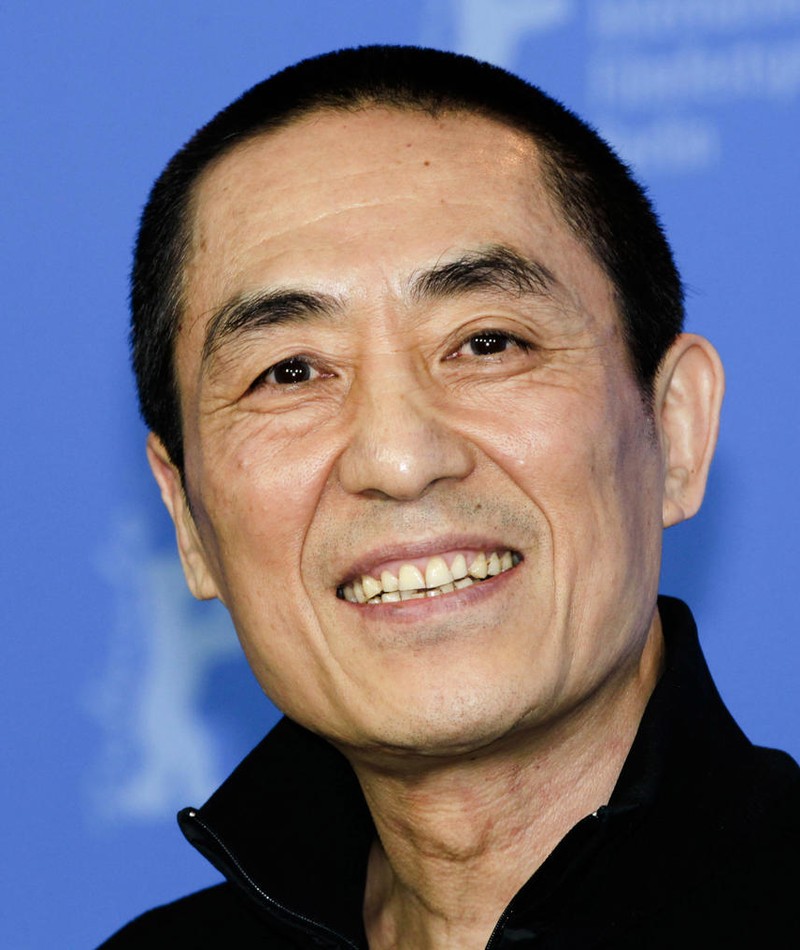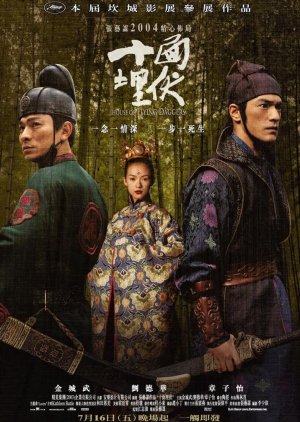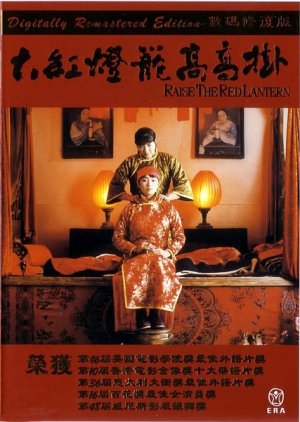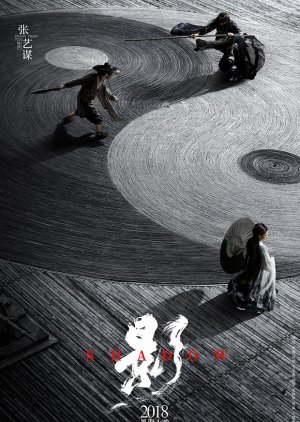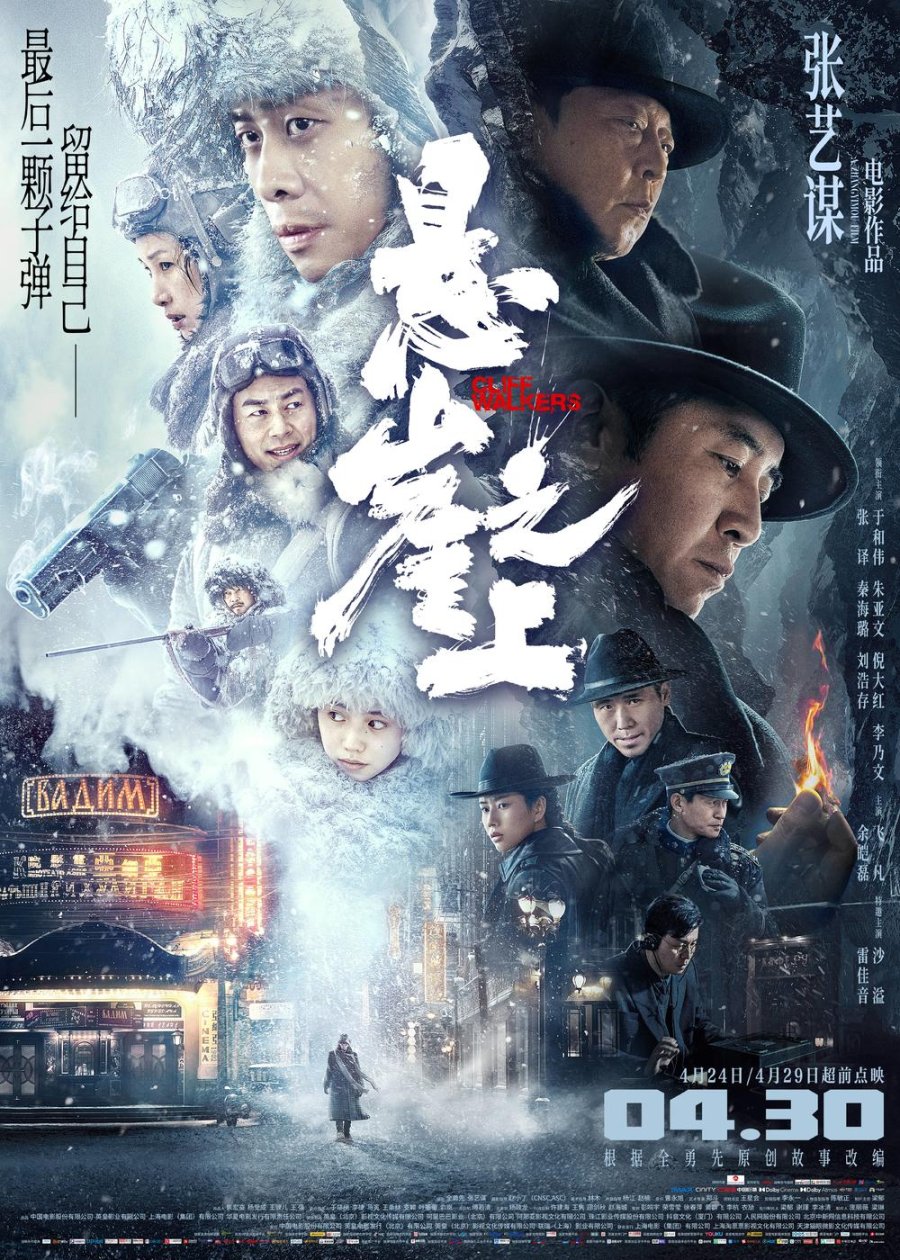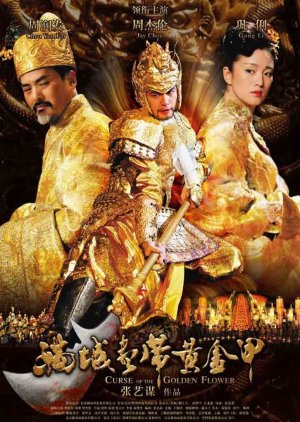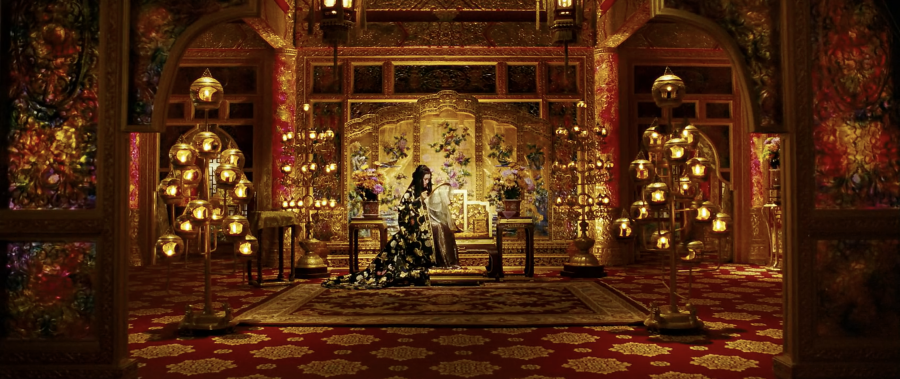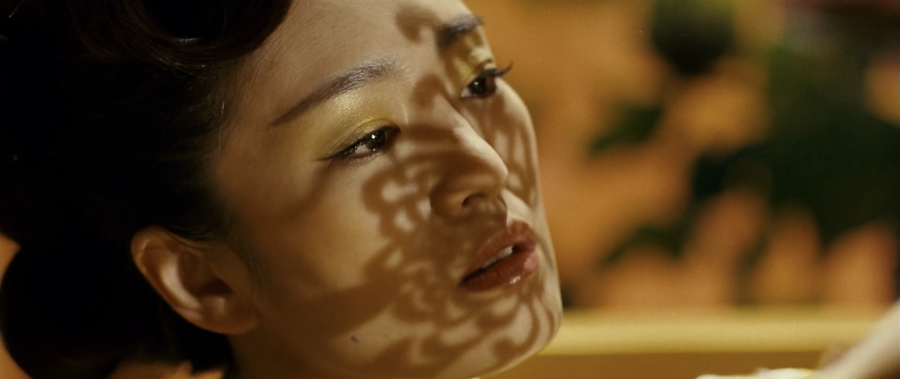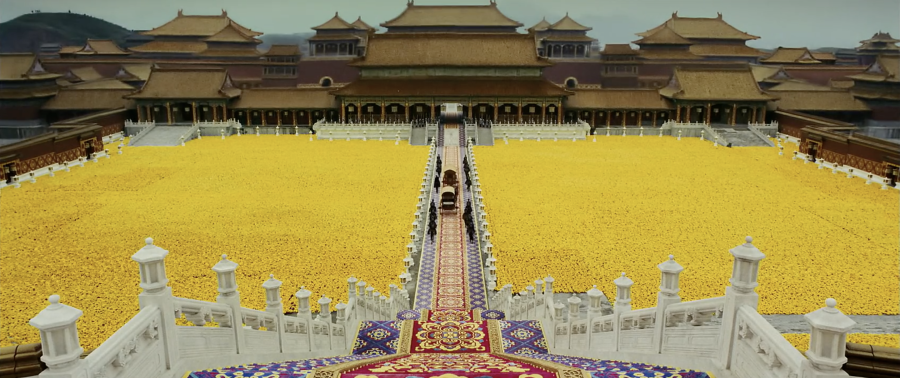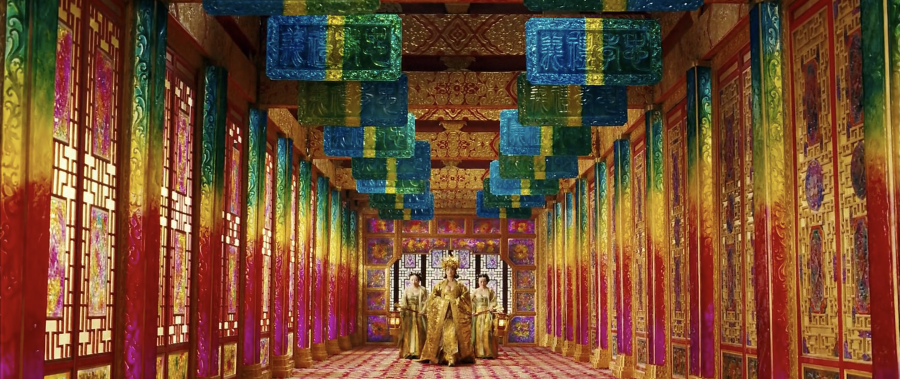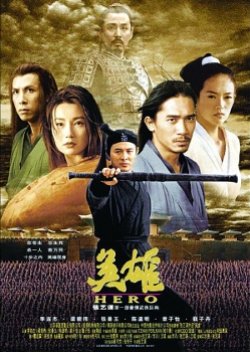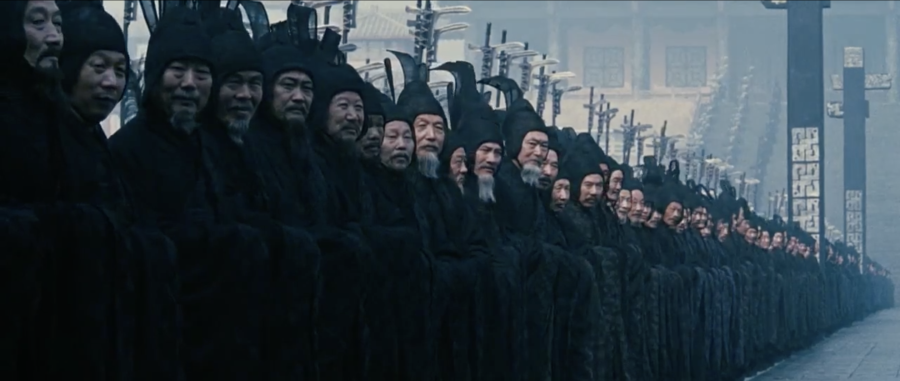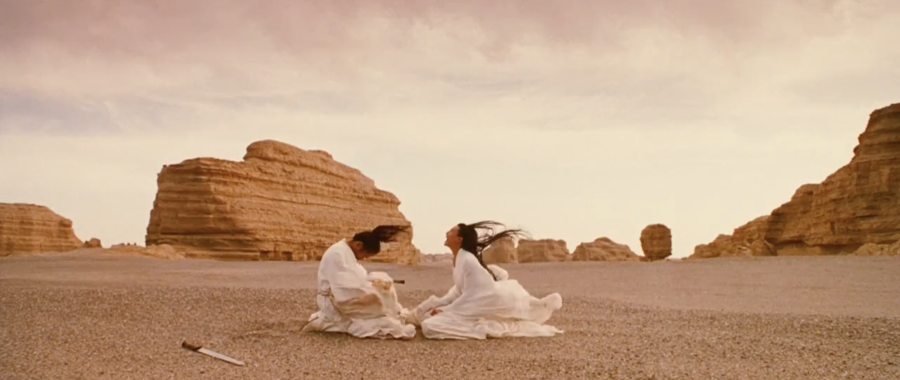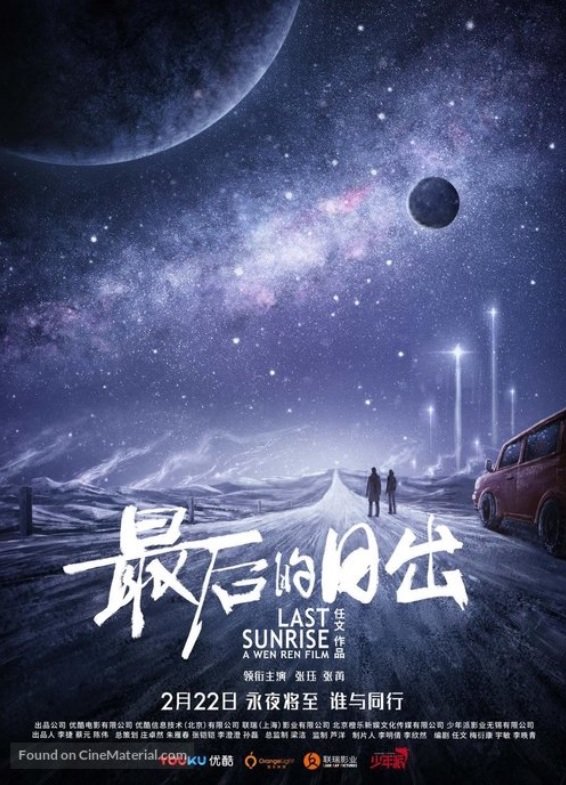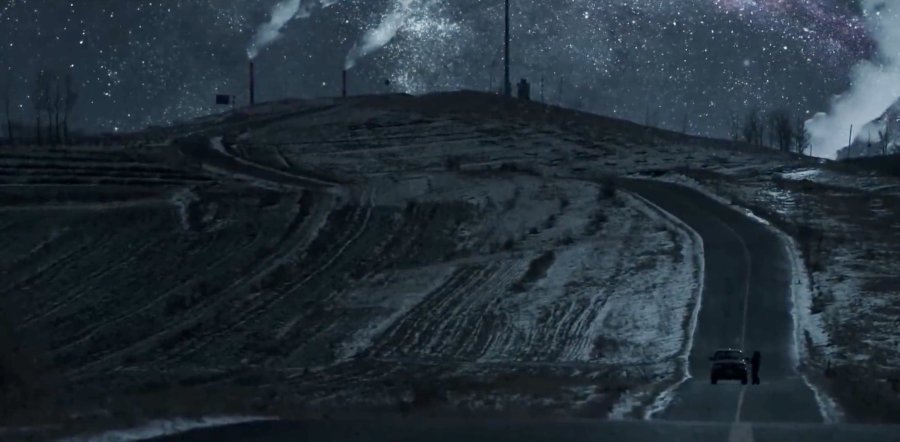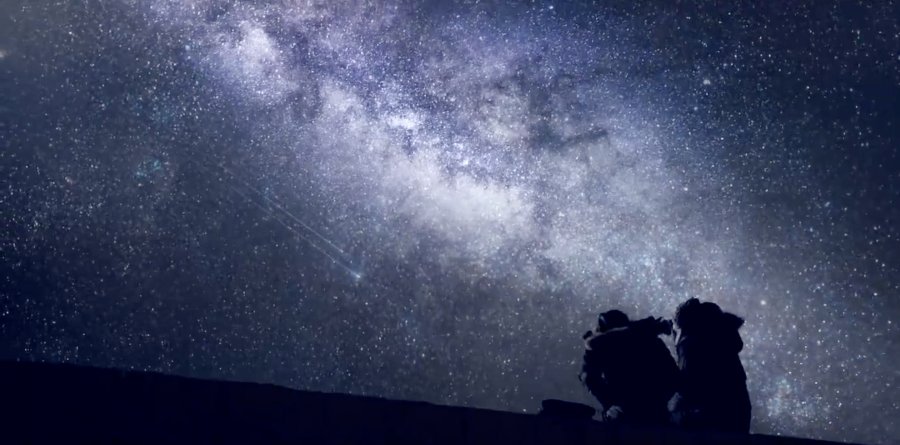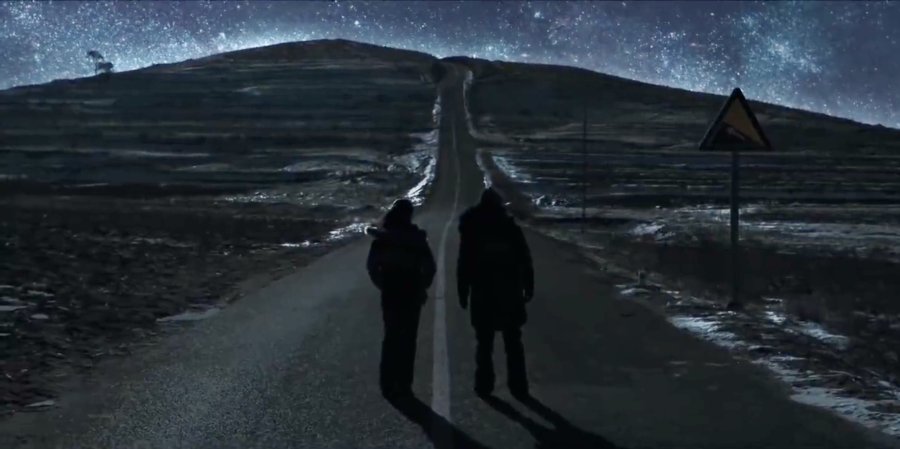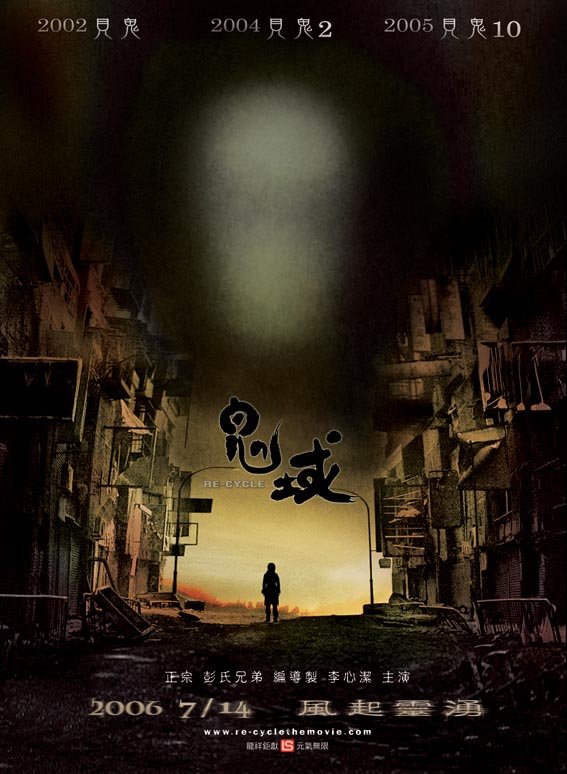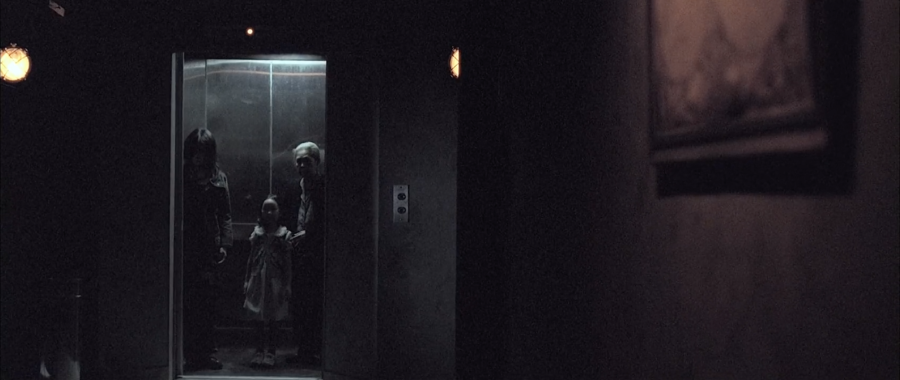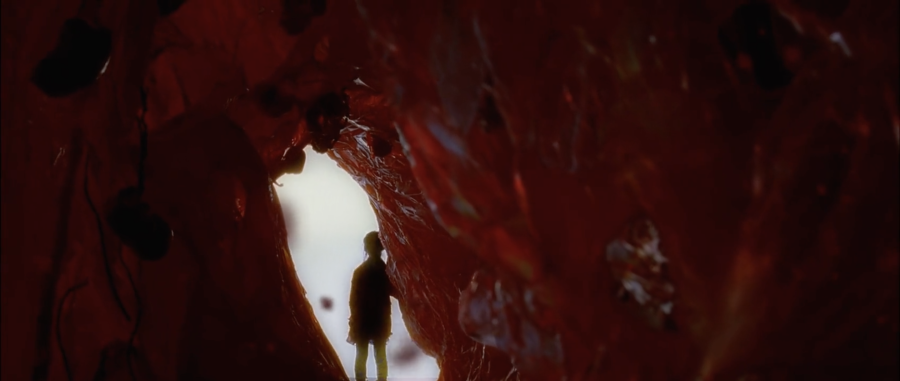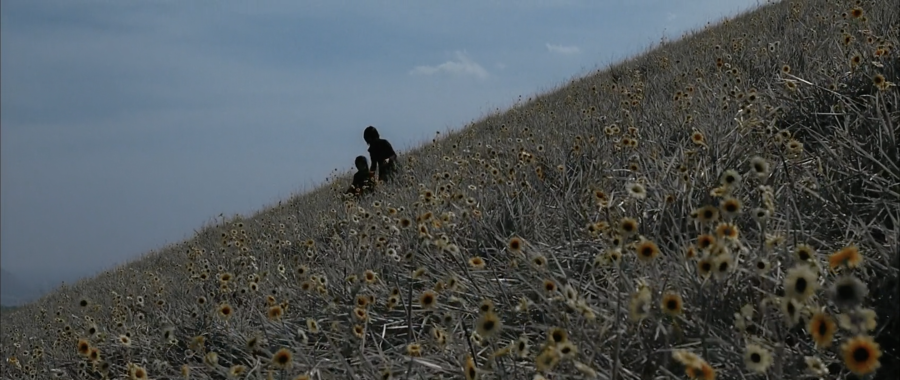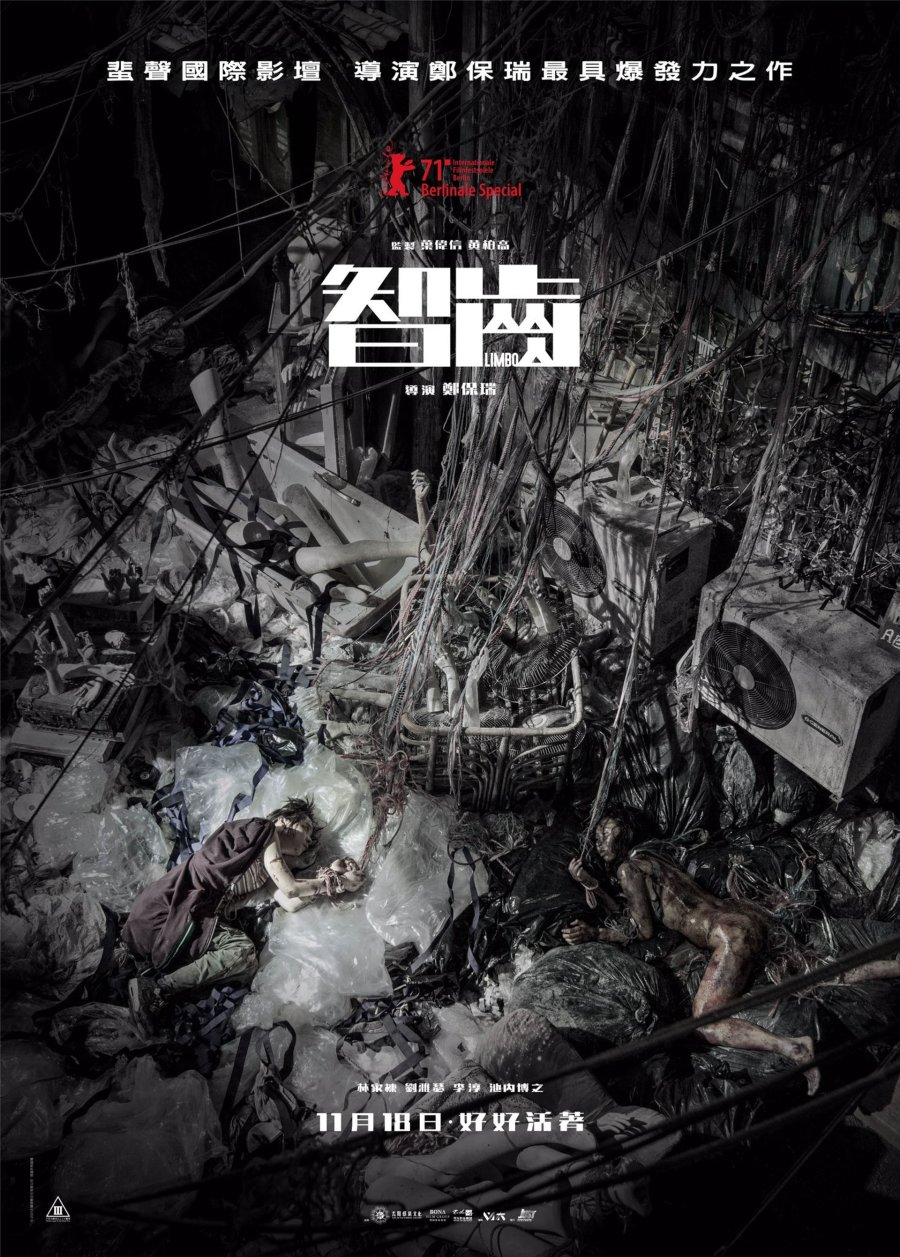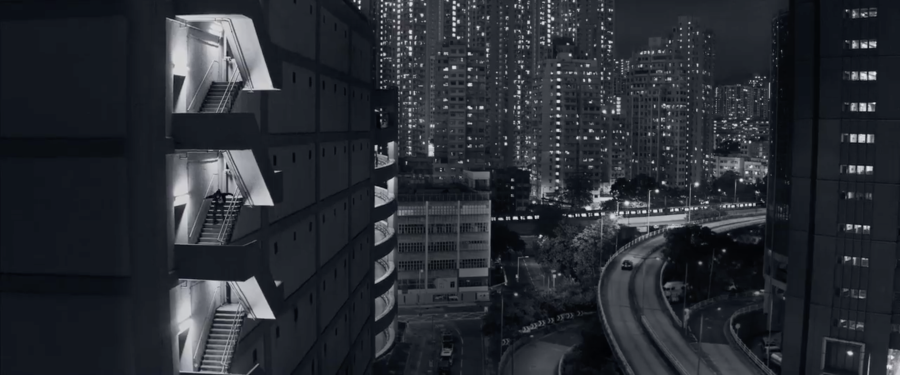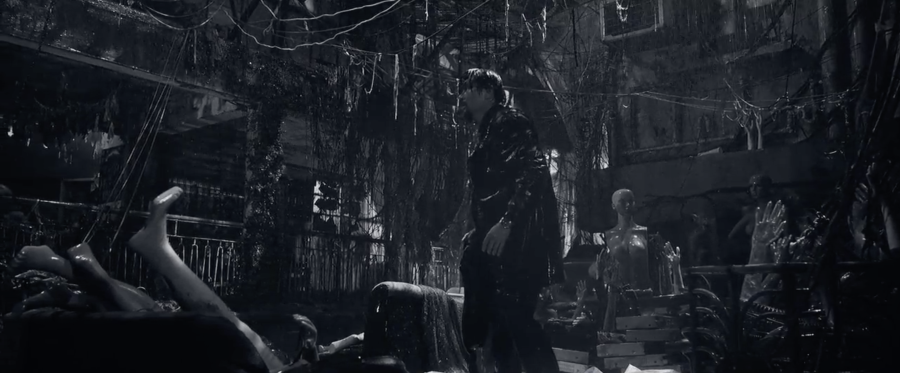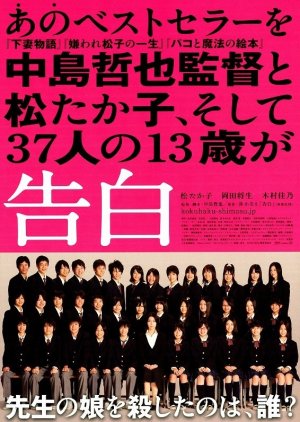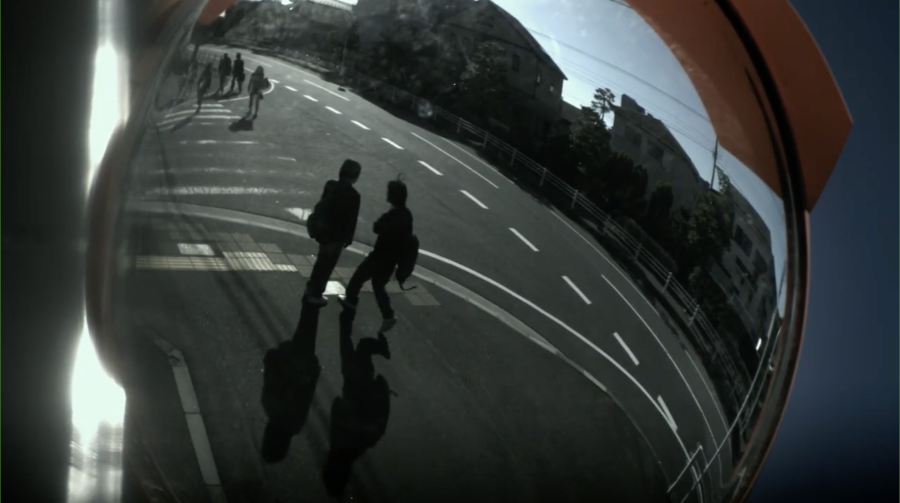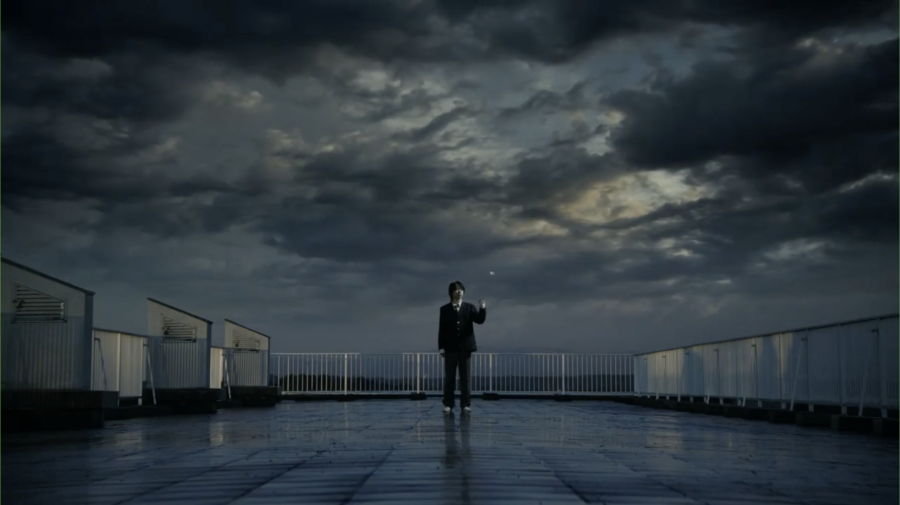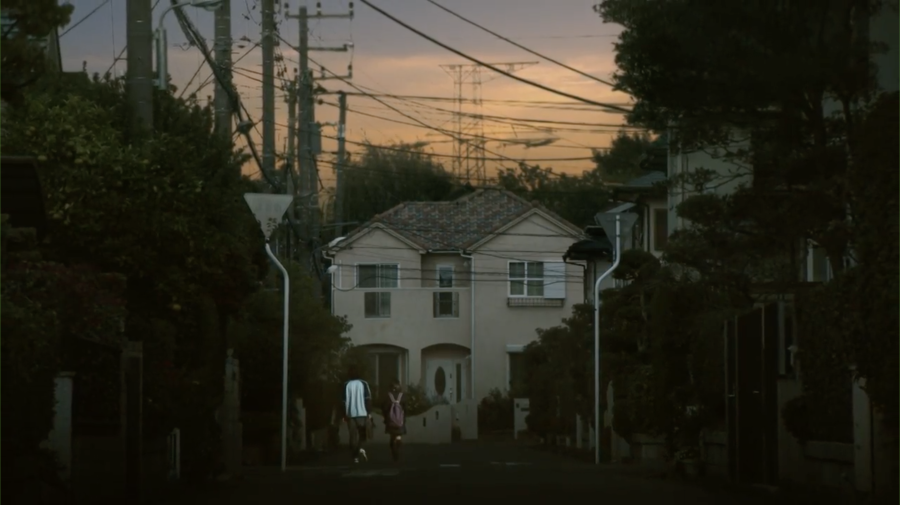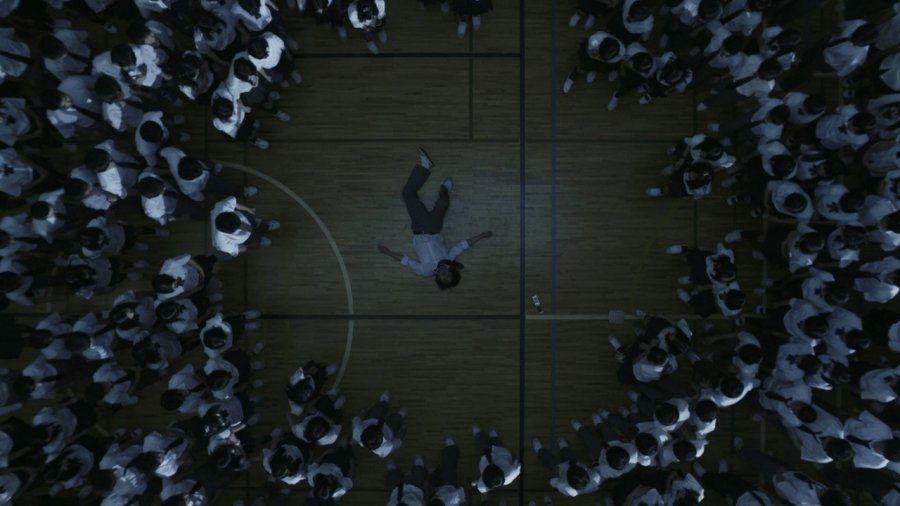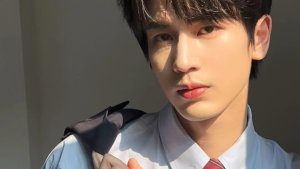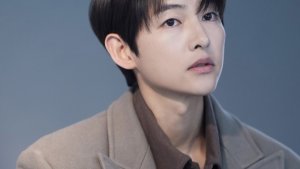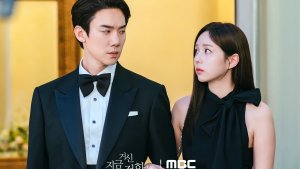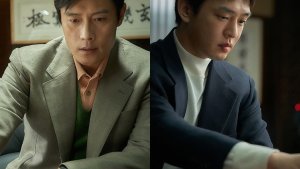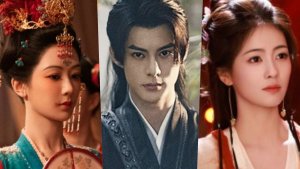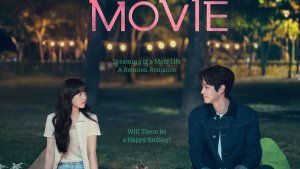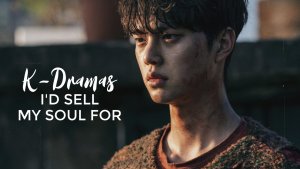 K-Dramas I'd Sell My Soul For
K-Dramas I'd Sell My Soul For
 |
HELLO, MDLers! | |||||||||
I feel like cinematography is a really underrated part of films, especially on Mydramalist. It’s always only briefly touched on in reviews and rarely talked about in general, as evident from the lack of articles and lists on the topic. Of course, the execution of the plot, writing, and acting is undoubtedly one of the most important aspects of a film, but without cinematography, it doesn’t always feel complete. A film isn’t complete without cinematography and if a director has put thought into its intricate details, whether it’s visually stunning skylines or the beauty of delicious food, it all ties into the creation of a good quality film. For some, the cinematography is a defining factor of a film. The plot could be simple, boring, or straight-up bad, but if the cinematography is beautiful, you would want to continue it, right? Maybe? It could even have the potential to become one of your favourite films. This has become the case for me on many occasions – which is no surprise. Maybe I’m just terrible at researching, but I could not for the life of me find an article dedicated to aesthetically pleasing titles - that consist of both old and new releases. So, it was only right for me, as a previous art student and current cinematography lover, to hop on here and create an article about it, grouping each film into seasonal categories based on its visual atmosphere. Whether it’s the film's toning and overall aesthetic or the emotions I felt while watching it, I present to you a list of films that wowed me with their visually stunning cinematography. !! Please keep in mind that I am not a professional writer & simply making this article for fun + the titles & topics spoken about are my personal choices & opinions.
| |||||||||
Why are aesthetics important in filmmaking? |
| Film aesthetics are important for various reasons, just as aesthetics are important in other forms of creative art. Directors incorporate multiple aesthetics in order to define the style, subject and tone of the film. For example, a director might remove colour to utilise the qualities of a black-and-white film, portraying a bleak, hopeless style that aligns with the subject of their story. This director may apply similar aesthetics in the lighting and patterns to further enhance the film's dark and hopeless theme. |
SPRING: beautiful |
Cinematographer: Noboru Shinoda
Cinematographer: Noboru Shinoda
|
Screenwriter & Director: Park Chan Wook Cinematographer: Chung-hoon Chung
|
SUMMER: bright |
Director: Derek Hui Cinematographers: Yu Jingping and Zhao Xiaoshi
|
Screenwriter & Director: Nakashima Tetsuya Cinematographer: Masakazu Ato
|
| |||||||||||||||||||||
AUTUMN: full of colour |
Director: Ninagawa Mika Cinematographer: Daisuke Soma
Further Analysis (Possible spoilers warning) This may be a stretch, but I feel like it's an interesting concept to talk about! An example of the detailed scenery would be the power imbalance between Lilico and her "mama" (or better understood as a CEO figure), Tada Hiroko. Hiroko is portrayed as this god who (quite literally) "made" Lilico into who she is now - through full-body plastic surgery - which could be why Lilico calls her mama. It's particularly reinforced in the cinematography through scenes displaying each character's houses, with Lilico's being filled to the brim with religious objects like crosses, while Hiroko's is briefly seen with god-like sculptures and a painting of herself looking up to the sky - Lilico similarly has many self-portrait photographs surrounding her, but none are of her looking up, all picture her looking down or at the camera no matter the position she's in. The use of crosses might symbolise Lilico's desire for peace in her life but instead, she drowns in her own beliefs, or that Hiroko is her god and she will protect Lilico (from the media, etc. - as a CEO should do), or I could be completely wrong, who knows, I'm just theorising at this point.
|
Screenwriter & Director: Beat Takeshi Cinematographer: Katsumi Yanagijima
|
| ||||||||||||||||||||||
WINTER: dark/cold. |
Director: Wen Ren Cinematographer: Matthias Delvaux
|
Screenwriter & Director: Danny Pang and Pang Chun Oxide Cinematographer: Decha Srimantra
|
Director: Lawrence Cheng and Cheang Pou Soi Cinematographer: Cheng Siukeung
|
Screenwriter & Director: Nakashima Tetsuya Cinematographers: Masakazu Ato and Atsushi Ozawa
|
Conclusion |
| One thing I've learnt from creating this article is to never judge a film based on its rating, because you never know, you may just find a masterpiece. Thank you so much for reading, I hope this article was able to shed some light on films you have yet to discover and also provide you with a new perspective on the beauty of film! So what are your thoughts? Should films be made purely for entertainment reasons or are aesthetics just as important? Share your opinions in the comments below! This article could have been endless, and there are so many more films I plan to watch that I'm sure would make a perfect fit with this list, but I sadly don't have all the time in the world. If your favourites weren't mentioned above, please talk about them in the comments, I would LOVE more than anything to hear about your passion for a film or two. |
Edited by: BrightestStar (1st editor)

